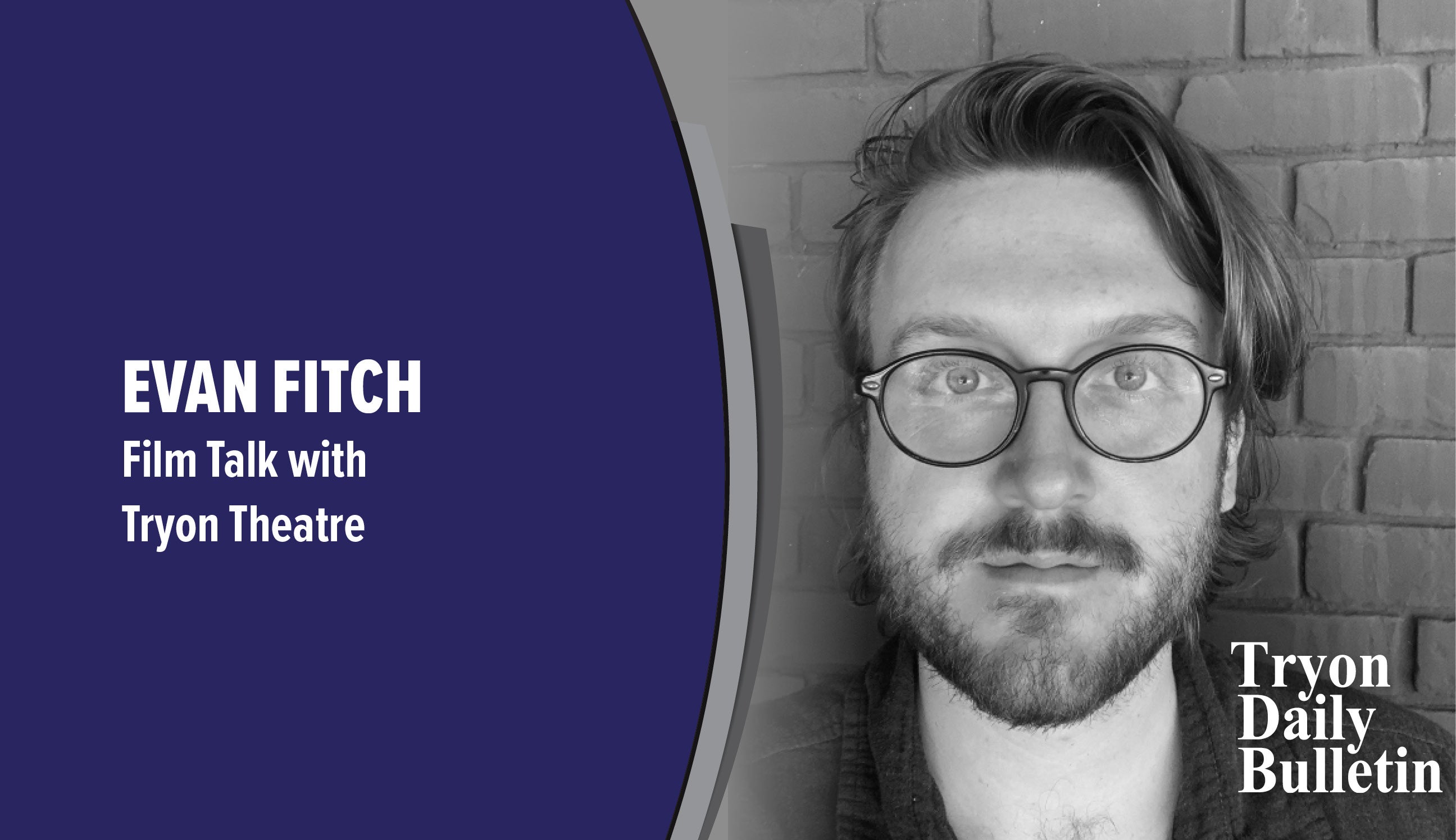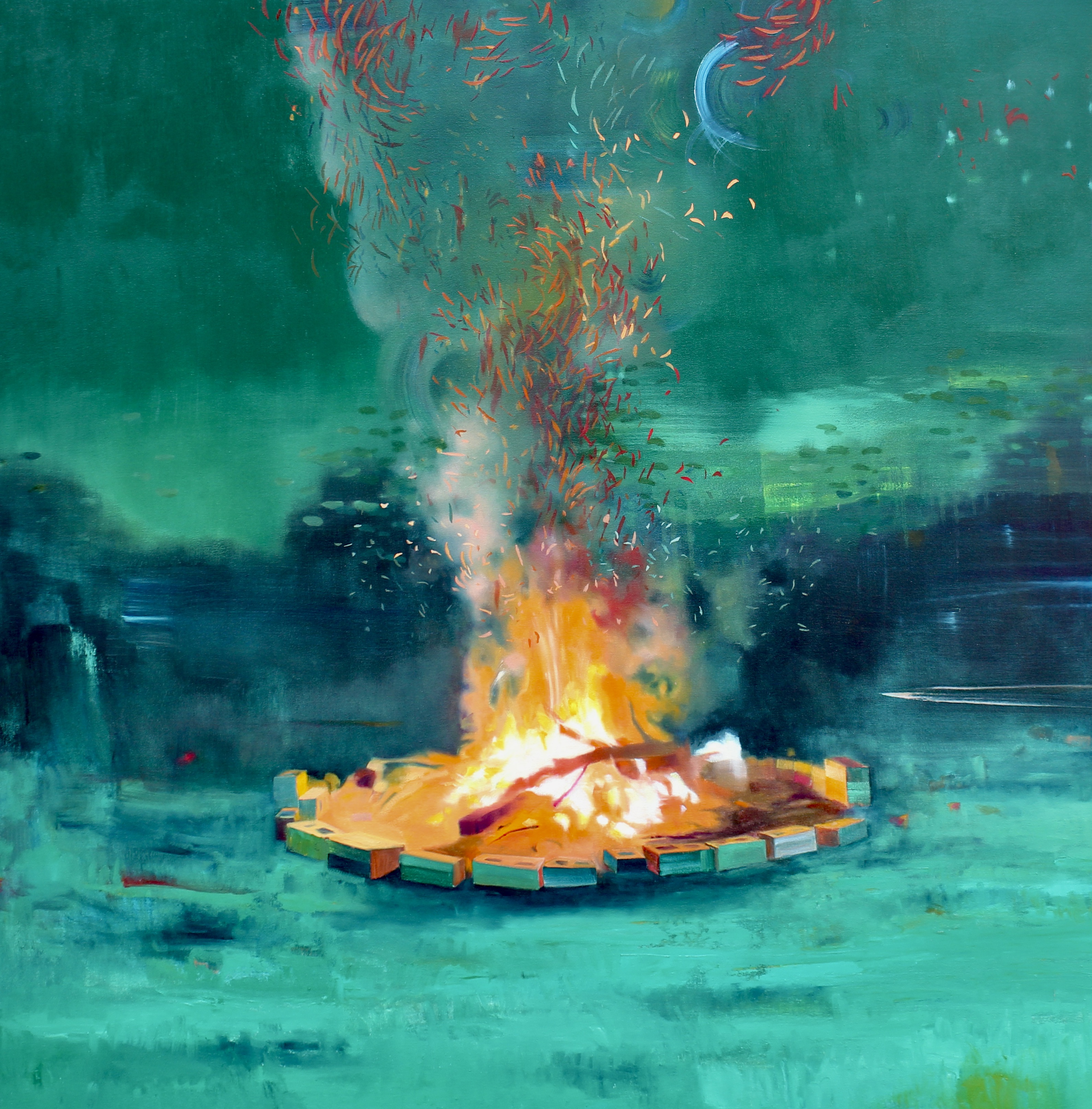Experience David Bowie’s world in “Moonage Daydream”
Published 1:11 pm Tuesday, October 18, 2022
|
Getting your Trinity Audio player ready...
|
Brightly bursting onto the screen this week at Tryon Theatre is “Moonage Daydream,” the first official film to explore David Bowie’s transcendent music and life. Much like the artist at its center, “Moonage Daydream” stands apart from its peers as a uniquely realized form of the artist biopic.
Whereas the majority of biopics are concerned with chronology, mapping a series of experiences and influences in a linear fashion, fitting the life and music of an artist, this film is less interested in mapping the chronology of Bowie’s art than it is in conveying the experience of his art. If Bowie was ever known for anything, it was his absolute refusal to be easily defined. The boundaries of Bowie’s music and existence were always intangible and ever-changing. Bowie wasn’t concerned with history, but rather with the future. The artistry of “Moonage Daydream” reflects Bowie, the man and the music. It is experimental, effervescent, deep, and spectacular.
“Moonage Daydream” is a documentary that defies genre conventions, operating more like poetry than history, embracing spectacle and immersion over the inclination towards education. This film is a sensory experience of Bowie, more than a biography of Bowie.
This film derives its title from the 1972 Bowie song of the same name, and like many of Bowie’s songs, has its moment to take center stage amongst the film’s proceedings. However, for a film concerned with a musical subject, “Daydream” nonetheless proves itself a visual experience first and foremost, rather than an aural one. The music enriches the visual experience, working together in melodic harmony.
Brett Morgen directs this film, bringing his well-honed talent for crafting documentaries to the larger-than-life subject. Morgen, a seasoned veteran of the documentary scene, has explored the meld of artist and art before with his documentary on Kurt Cobain, “Kurt Cobain: Montage of Heck” (2015). However, it is in “Moonage Daydream” in which we get to witness the artistic pinnacle of Morgen as he engages with the artistic spectacle of Bowie.
Morgen utilizes both public and never-before-seen private footage of Bowie in his colorful montage of moments. But the footage is not restricted to only Bowie himself. Morgen also uses experimental and pop culture materials amongst the content, using these disparate images and scenes to accentuate and heighten the footage of Bowie, which is all tied together with narration from Bowie himself.
The two artistic practices that come together for the product we know as film are predominantly cinematography and editing. The cinematographer captures the light and the images that will be used to tell the story. The editor is the one who cuts and pairs the footage, bringing a comprehensive order and meaning to the moments of independent meaning and partial story. “Moonage Daydream” is a masterpiece of editing. Furthermore, it is a film whose formal construction echoes the philosophy of its subject, of the value of artistic immersion and risk, of the vulnerable and daring nature of creativity. For anyone in search of an experience, this is the film for you. It is a film that achieves what Bowie’s music does: to immerse you in a beautiful and alien world.






